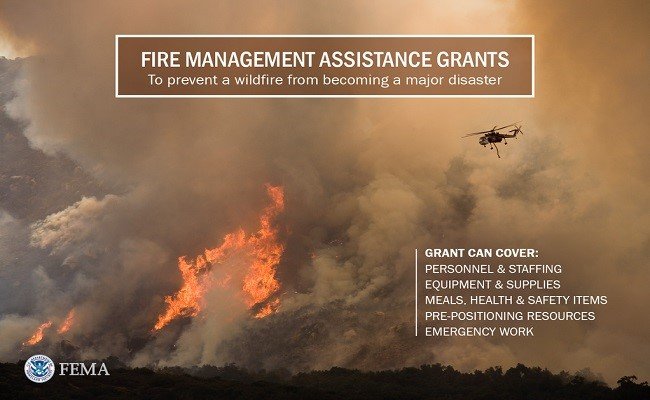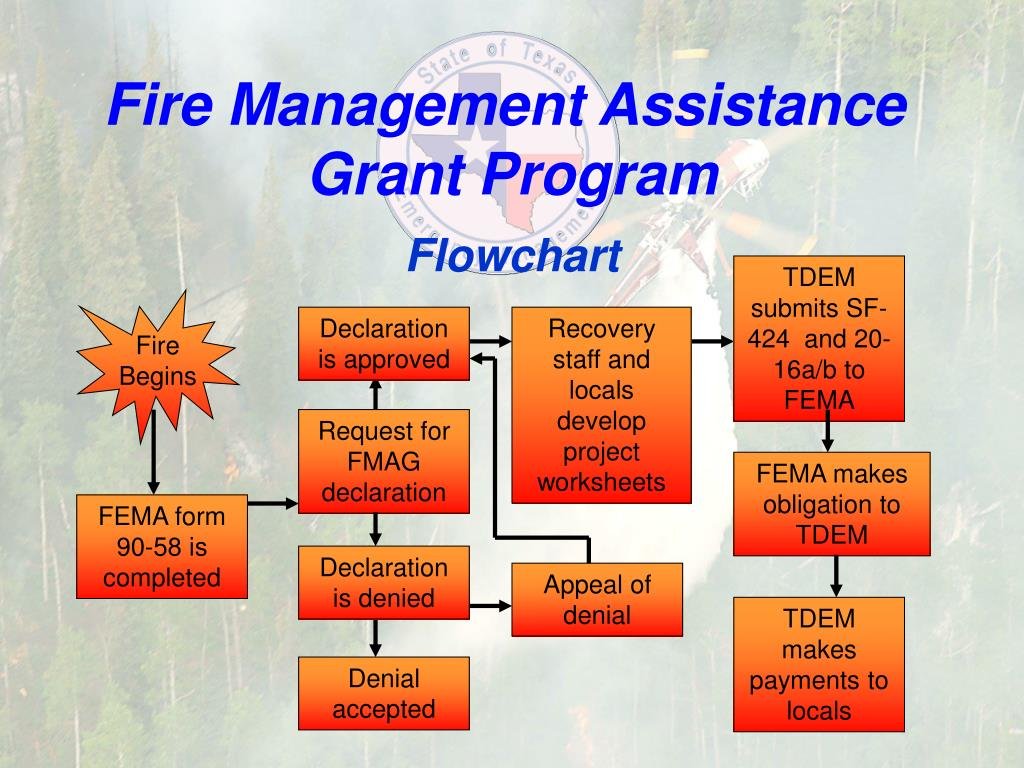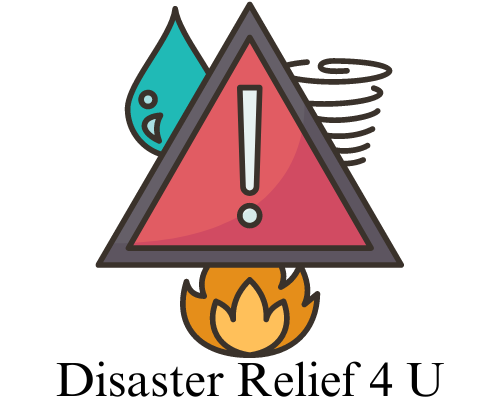Fire Management Assistance Declaration
Have you ever wondered what a Fire Management Assistance Declaration entails and how it impacts the affected areas? In this article, we will delve into the details of a recent Fire Management Assistance Declaration and its significance for the state of Oregon.

Declaration Type: Fire Management Assistance Declaration
The recent disaster declaration for Oregon is categorized as a Fire Management Assistance Declaration. This declaration is specifically designated for incidents involving fires and provides assistance to manage, mitigate, and recover from the effects of wildfires. It signifies the severity of the situation and the need for additional resources and support.
Incident Details: Mile Marker 132 Fire
The disaster summary highlights the Mile Marker 132 Fire as the incident that prompted the Fire Management Assistance Declaration for Oregon. This specific incident serves as the focal point for the declaration, outlining the location and magnitude of the fire that necessitated federal assistance.
State: Oregon
Oregon is the state directly impacted by the Fire Management Assistance Declaration. Understanding the state’s geographical context and unique considerations is crucial in comprehending the challenges faced during wildfire emergencies.
Geographic Considerations
Oregon’s diverse landscape, including forests, grasslands, and urban areas, contributes to the complexity of wildfire management. The state’s proximity to wildfire-prone regions and its climatic conditions make it susceptible to fire outbreaks, underscoring the importance of preparedness and response efforts.
Incident Type: Fire
The incident type specified in the declaration is a fire, indicating that the disaster primarily involves wildfires. Wildfires pose significant threats to communities, ecosystems, and infrastructure, emphasizing the critical need for effective fire management strategies and proactive measures.
Impact of Wildfires
Wildfires can have far-reaching consequences, including property damage, environmental degradation, and public health risks. Understanding the potential impact of wildfires underscores the urgency of implementing comprehensive fire management solutions and mitigating the repercussions of such disasters.
Declaration Date: August 2, 2024
The declaration date, August 2, 2024, marks the official recognition of the wildfire incident and the initiation of federal assistance measures. Timely declaration and response are essential in addressing the immediate needs of affected communities and bolstering emergency management efforts.
Timeliness of Declarations
Swift declaration of disasters enables prompt mobilization of resources, coordination of response efforts, and deployment of assistance to support impacted areas. The timing of declarations plays a pivotal role in mitigating the impact of disasters and facilitating recovery processes.

Total Assistance Approved
The total amounts approved for Individual Assistance Program (IAP), Housing Assistance (HA), Other Needs Assistance (ONA), and Public Assistance (PA) reflect the allocated resources for addressing the aftermath of wildfires and supporting affected individuals and communities.
Allocation of Resources
The breakdown of approved assistance amounts demonstrates the distribution of resources among different assistance programs to meet the diverse needs of disaster-affected populations. Effective allocation strategies are essential in maximizing the impact of federal support and ensuring comprehensive disaster recovery.
Incident Begin Date: August 2, 2024
The incident begin date, coinciding with the declaration date, signifies the onset of the wildfire event that triggered the need for federal assistance. Determining the precise timeline of the incident’s initiation is crucial for assessing its progression and initiating response actions.
Incident Dynamics
Understanding the dynamics of wildfire incidents, including their origin, spread, and intensity, is essential for developing effective response strategies and containment measures. Analyzing the incident timeline provides valuable insights into the evolution of wildfires and informs decision-making processes.
Entry Date: August 6, 2024
The entry date of August 6, 2024, indicates the official recording of the disaster declaration and related information in the designated systems. Timely entry of data and updates enables accurate tracking of disaster-related activities and facilitates transparency in reporting and monitoring processes.
Data Management
Effective data management practices, including timely entry of information, data validation, and quality control, are critical in ensuring the accuracy and reliability of disaster-related records. Robust data management systems play a key role in supporting decision-making, resource allocation, and information sharing during emergencies.
Update Date: August 6, 2024
The update date reflects the most recent revision or modification of disaster-related data and information. Regular updates ensure that stakeholders are informed of the latest developments, progress, and status of disaster response and recovery efforts.
Communication and Transparency
Transparent communication and timely updates foster trust, engagement, and collaboration among stakeholders involved in disaster management. Keeping all parties informed and updated on critical information enhances coordination, decision-making, and overall effectiveness of emergency response operations.

Disaster Code: FM-5527-OR
The disaster code, FM-5527-OR, serves as a unique identifier for the Fire Management Assistance Declaration specific to Oregon. This code assists in tracking and referencing the disaster declaration across various systems, platforms, and communication channels.
Importance of Disaster Coding
Establishing standardized disaster coding systems enables efficient data management, interoperability, and information sharing among emergency management agencies, responders, and stakeholders. Consistent use of disaster codes enhances coordination, situational awareness, and resource deployment during disasters.
HMGP (Hazard Mitigation Grant Program) Dollars Obligated
The HMGP dollars obligated represent the allocated funding for hazard mitigation and risk reduction activities associated with the wildfire incident. Investing in proactive mitigation measures helps build resilience, enhance preparedness, and minimize the impact of future disasters.
Mitigation Strategies
Implementing hazard mitigation strategies, such as vegetation management, infrastructure upgrades, and community resilience programs, offers long-term solutions to reduce the vulnerability of at-risk areas to wildfires. Prioritizing mitigation efforts strengthens disaster resilience and fosters sustainable recovery outcomes.
In conclusion, the Fire Management Assistance Declaration for the Mile Marker 132 Fire in Oregon underscores the critical importance of proactive disaster management, timely response coordination, and effective resource allocation. By understanding the key components of the declaration and its implications, stakeholders can collaborate to enhance wildfire preparedness, response capabilities, and community resilience. Stay informed, stay prepared, and together, we can mitigate the impact of wildfires and safeguard our communities.

